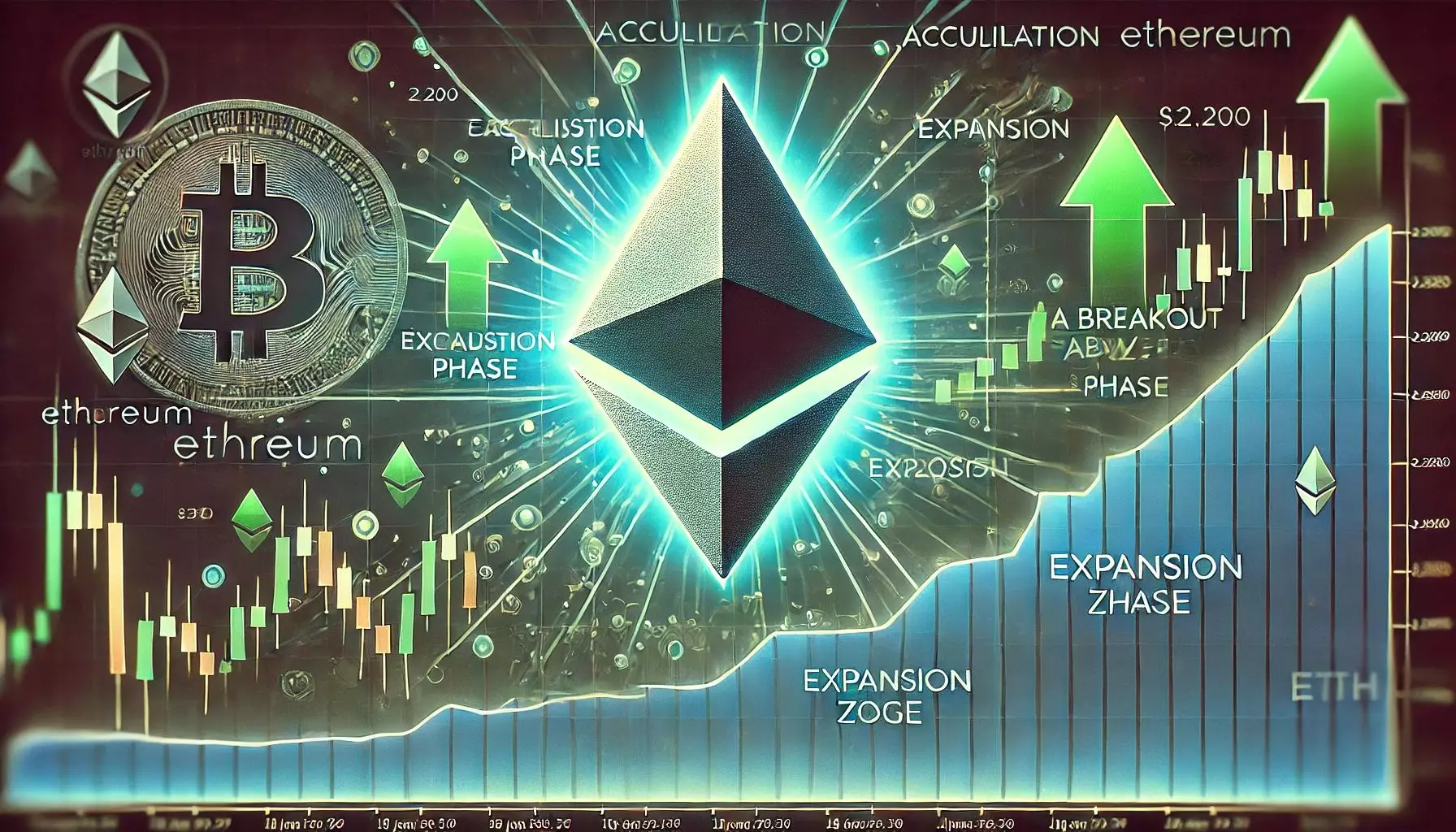In the ever-evolving landscape of cryptocurrency, few assets have captured the imagination and attention of investors like Ethereum. Recently, however, this digital titan has experienced a tumultuous journey, plunging over 38% since late February. For those not intimately familiar with the crypto market dynamics, such a steep decline might appear catastrophic, yet the context matters significantly. As of now, Ethereum is trading just above the critical threshold of $2,000, which symbolizes not just a numeric value but also a psychological battleground for traders and investors alike.
The recent market actions have raised questions among analysts and investors: Is Ethereum entering a bear market, or are we witnessing the final throes of a volatility phase before the tides shift? Political maneuverings, regulatory adjustments, and economic pressures further compound the market’s uncertainty, forcing investors to reassess their positions.
The Manipulation Phase: What Lies Beneath?
Market veterans recognize what has been termed the “manipulation phase,” a confusing and often chaotic period where prices swing erratically, confusing both bulls and bears. Ted Pillows, a prominent analyst in the crypto space, suggests that Ethereum is nearing the end of this stage. If his insights hold true, we may be on the brink of a crucial transition. This draws attention to how market sentiment can be deceptively volatile, influenced by speculation, fear, and the whims of large investors.
A pivotal moment lies ahead. Should Ethereum manage to break above the $2,200 resistance level, it could serve as a launching pad into a new expansion phase—offering the potential for significant returns. However, the question remains: what happens if the price falters? The psychological effects of hitting these thresholds can cloud investor judgment, and a failure to reclaim this level could exacerbate bearish sentiment, leading to further declines.
The Imperative of $2,250: Key Price Points for Recovery
At this juncture, $2,250 emerges as a critical target for Ethereum. Not only does this level align with historical trading activity, but it also holds the key to nurturing a robust recovery narrative. If bulls can convert this resistance into support, we could witness an influx of new demand, rejuvenating investor confidence in the token. This isn’t merely about technical numbers; it exposes the underlying sentiment that drives volatility in markets.
Given the sheer magnitude of losses endured in the preceding months, reclaiming such important price points is not just about numbers on a chart. It’s a gauge of resilience, a barometer for investor sentiment, and perhaps even a litmus test for the broader crypto market. Without it, excitement and optimism will be overshadowed by renewed fears of a downturn.
The Standoff Between Bulls and Bears
Currently, Ethereum’s situation is emblematic of a classic stalemate between bullish aspirations and bearish fears. Investors are split; some anticipate a renewed bull run, while others are braced for a deeper correction that could retrace gains back toward the $1,800 mark. Bulls need to gather strength and create a solid foundation to propel Ethereum upward. Each day without a decisive move reinforces the prevailing ambiguity; it exposes the fragility of the current rally while the looming specter of a downturn holds the market hostage.
In a climate where everyone is eager to read the tea leaves of market sentiment, fear often prevails. The ongoing struggle to maintain momentum above $2,000 adds to the uncertainty. Can bulls fend off the pressure and elevate Ethereum’s value? The answer in the coming weeks will be monumental, both for the asset itself and the broader market ecosystem.
Market Trends and Broader Implications
The current state of Ethereum is not simply a reflection of its internal mechanics; it’s a microcosm of a wider market impacted by regulatory scrutiny, technological advancements, and societal shifts in how cryptocurrencies are perceived and utilized. This context puts the emergence of a new uptrend into perspective, suggesting that the digital currency landscape is shifting—whether for the better or worse remains to be seen.
As onlookers, we must consider the implications of Ethereum’s trajectory. A rise above critical thresholds may signify renewed investor faith—not just in Ethereum, but in cryptocurrencies as a legitimate asset class. Conversely, failure to maintain upward momentum could reinforce skepticism and a bear market mentality, potentially damaging the broader narrative for digital currencies. Amid this uncertainty, the next few weeks will be crucial not just for Ethereum in isolation but for the entire crypto ecosystem at large.
















Leave a Reply